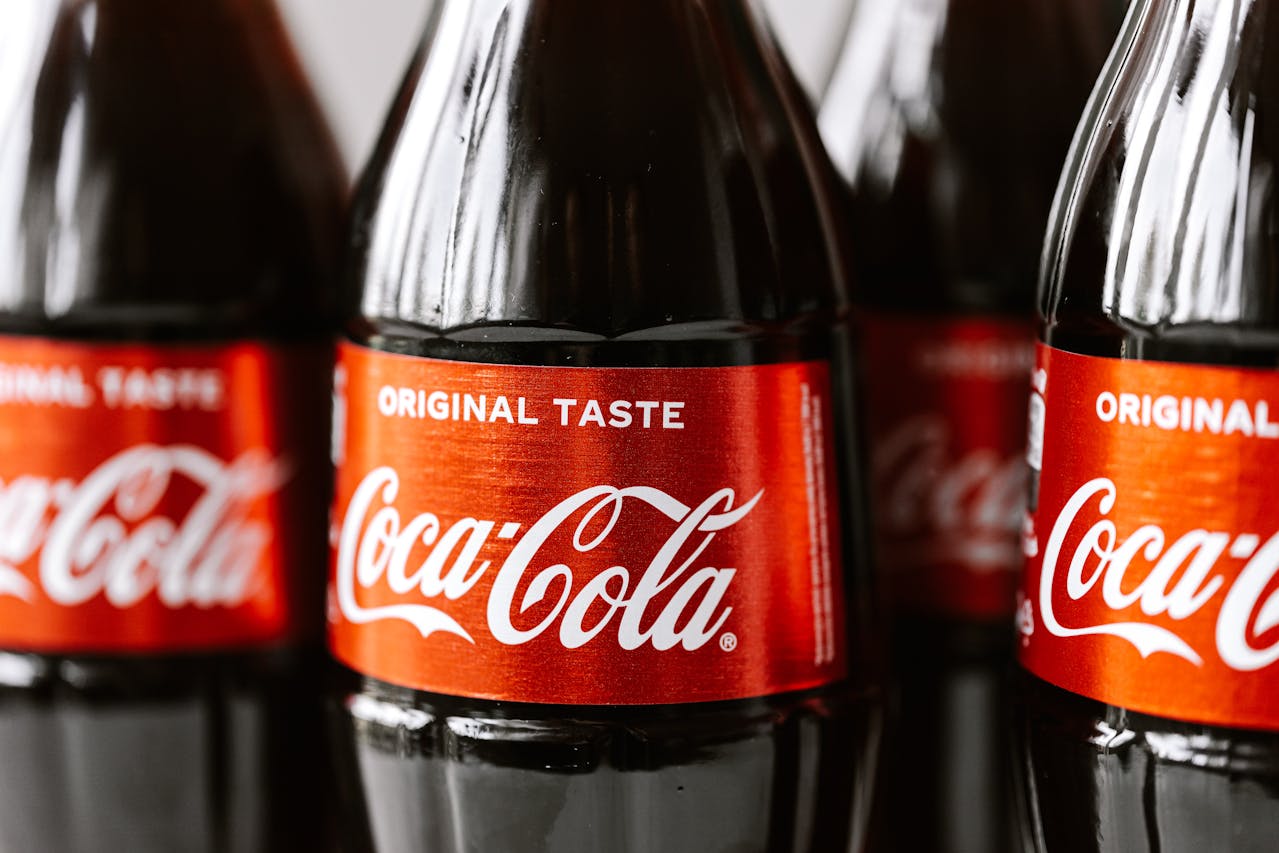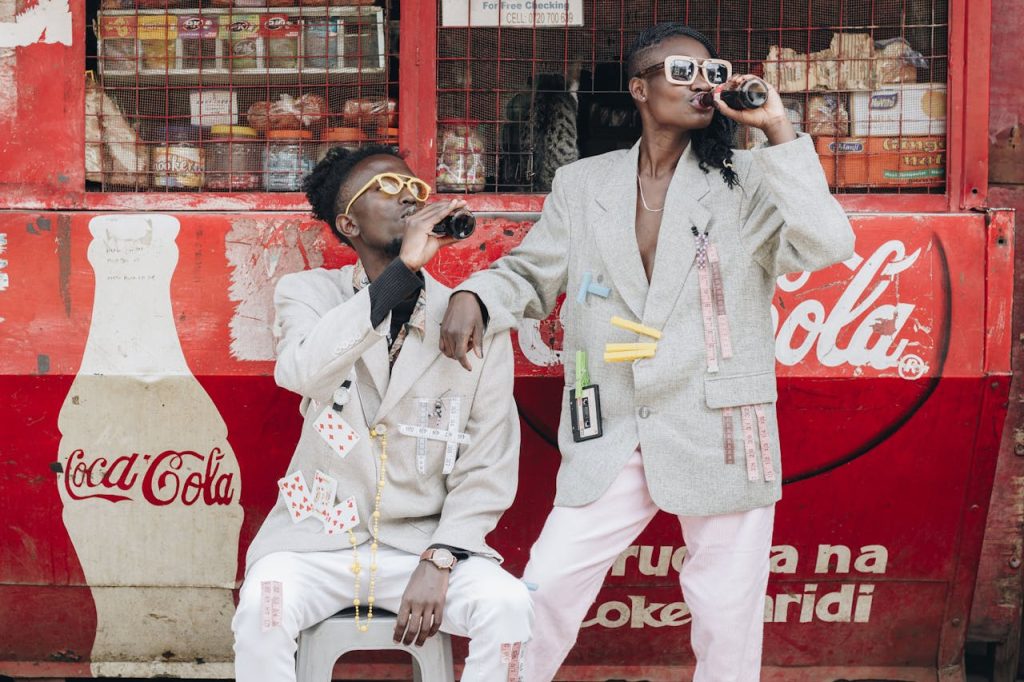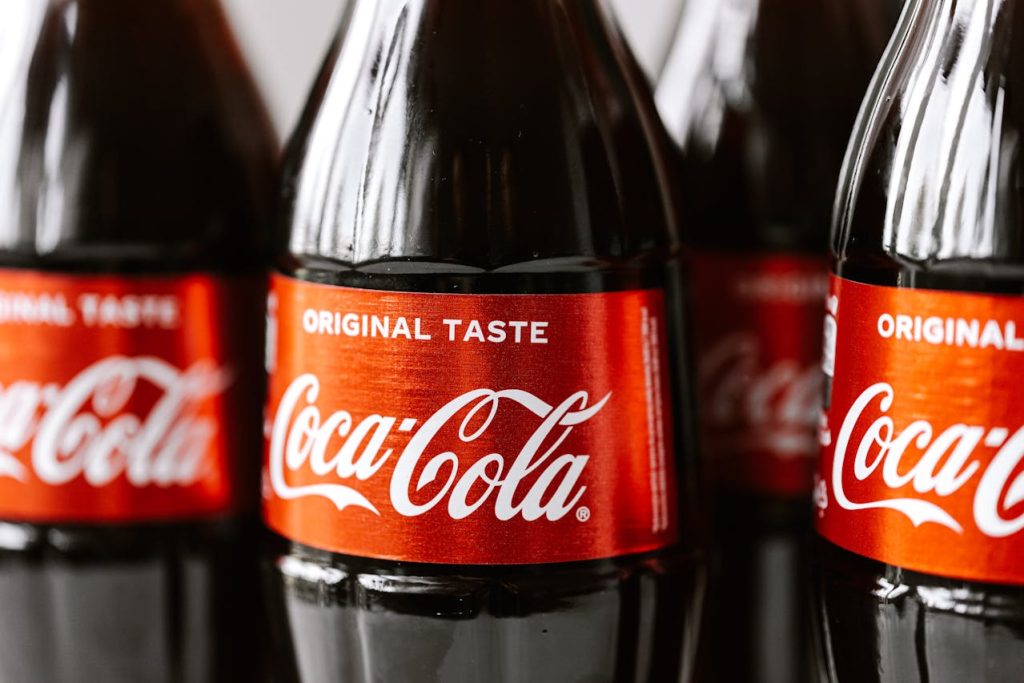Your cart is currently empty!
Coca-Cola Confirms New Recipe After Donald Trump Makes Shocking Claim He’s Changing It

The President of the United States posting about our familiar drink in a red can? Now that’s a crossover few or none of us had on our 2025 bingo card. Yet here we are, watching Coca‑Cola and Donald Trump collide in a story that blends nostalgia, politics, and public buzz. What started as a simple post online has rippled into boardrooms, social media feeds, and even supermarket shelves. How did one casual mention of America’s most iconic soda turn into a moment everyone’s talking about?
What Sparked The Change
A few weeks ago, President Donald Trump announced on Truth Social that he had spoken with Coca‑Cola about switching its standard U.S. formula from high‑fructose corn syrup to real cane sugar. In his post, he wrote, “I have been speaking to Coca‑Cola about using REAL Cane Sugar in Coke in the United States, and they have agreed to do so… This will be a very good move by them. You’ll see. It’s just better!”
Initially, Coca‑Cola offered a measured response, stating that it values Trump’s enthusiasm and that “…more details on new innovative offerings within our Coca‑Cola product range will be shared soon.”
During its quarterly earnings call, the company formally confirmed that it would roll out a new variant of Coca‑Cola sweetened with U.S.-sourced cane sugar, slated to launch this fall in the U.S. market. The company stressed this product will supplement, not replace, its existing corn syrup–based formula. According to the Wall Street Journal, CEO James Quincey described this as part of its innovation strategy: “This is really an ‘and’ strategy and not an ‘or’ strategy.” He emphasized that Coca‑Cola will continue to use HFCS in its core portfolio.
Trump’s Role in the Buzz
Trump’s history with Coca‑Cola adds to the story. His visible preference for Diet Coke during his presidency made the brand a subtle part of his public image. He is a famously devoted Diet Coke drinker with White House staff bringing them to him via a customized button on his desk. Time noted that his button was not ceremonial; it summoned a butler to deliver his drink. His open fondness for the beverage turned a personal preference into a recurring media talking point, making the brand an unlikely companion in his public persona.
While Coca‑Cola has not credited him for the decision, the timing of the company’s confirmation shortly after his Truth Social post amplified the narrative. This highlights the intersection of celebrity, politics, and consumer culture. When a figure with a huge following comments on a popular product, it can spark a lot of headlines even before any official corporate action. In this case, Trump’s statement made a product development update into a national story, illustrating how modern brand narratives can be shaped as much by public figures as by marketing campaigns.
Political Influence on Consumer Brands
This is not the first time a politician has been associated with certain brands. History shows that when people in politics publicly interact with consumer products, their actions can spark unexpected waves of attention. This can either boost a brand or pull it into controversy.
When Goya Foods’ CEO praised President Trump in 2020, the response was quick and polarizing: Latino critics called for a boycott, while his supporters launched a counter‑“buycott.”The controversy played out in real time on social media, and Goya’s sales actually rose despite or because of the political drama. MyPillow experienced a similar fate. CEO Mike Lindell’s vocal support for Trump, including spreading election fraud theories, turned the bedding brand into a political symbol. Retailers pulled the brand, but it retained support among Trump-aligned consumers, making it a badge of partisan loyalty as much as a product.

Culture can be influenced by presidential branding, even if it is humorous. An example would be when the people became interested in President Obama’s White House Honey Ale, which was made on-site with honey from the White House garden. The recipe went viral after it was made public at the request of citizens, igniting interest in craft beer and bridging the divide between ordinary consumer curiosity and political branding.
These examples show that brand loyalty nowadays is grounded on values as much as products. In this context, Coca-Cola’s cane sugar release, which was urged by Trump’s comments, evolved into a cultural icon that demonstrated the relationship between politics, consumer identity, and brand narrative.
The Business Behind the Recipe Change
For decades, Coca‑Cola in the United States has been sweetened primarily with high‑fructose corn syrup instead of cane sugar. While cane sugar is thought to be more “authentic”, it is more expensive due to U.S. sugar tariffs and restrictions, while the abundant domestic corn supplies allowed beverage companies to adopt a cheaper, locally sourced alternative. The Van Trump Report claims that Coca-Cola had implemented the change by the late 1970s and early 1980s.
Coca-Cola’s launch of a cane sugar variation marks a significant shift in the company’s approach to product development in the US. Even though the taste difference is subtle, it is still noticeable to consumers. Coke enthusiasts believe that cane sugar produces a crispier, cleaner finish compared to High Fructose Corn Syrup. The fans of “Mexican Coke,” which is produced with cane sugar and frequently marketed in glass bottles are ecstatic by this news. By introducing this new variety, Coca-Cola would be testing whether flavor and brand heritage can override cost-driven production habits while tapping into nostalgia, perceived quality, and the growing demand for natural ingredients.
Experts Weigh In
This move is seen by specialists as a combination of market positioning and strategic nostalgia. From a marketing perspective, this strategy reflects a growing trend of “Heritage branding,” in which businesses use their historical identity to reconnect with modern consumers. Reintroducing cane sugar means higher production costs, but it also means that Coca-Cola is willing to absorb higher production costs to satisfy consumer demand for what is perceived as a more “authentic” taste. Pepsi’s sugar‑based “throwback” editions demonstrate that nostalgia can increase engagement and sales, proving that this is a successful tactic.
This action also has implications for rivals and the industry as a whole. Many beverage firms have been forced by health-conscious tendencies to reduce their sugar levels or look at alternatives like Stevia. Coca-Cola treads a fine line by promoting cane sugar as a high-end option rather than a health change, perhaps drawing criticism from nutritionists but also appealing to taste-driven customers.

Smart Choices for Coke Fans
For those intrigued by Coca‑Cola’s new sugar‑based variant, understanding taste preferences, potential health risks, and making wise purchasing decisions are the keys to navigating the excitement and marketing frenzy surrounding the new product. Here are some tips that would lead you to smart choices:
1. Try Before You Commit
Before hoarding, think about purchasing a single bottle or can if you’re interested in the new formula. Because taste is subjective, some customers might not detect a difference from the corn syrup version, while others could enjoy the minor changes of cane sugar.
2. Compare Nutritional Labels
In terms of calories and sugar content, cane sugar is comparable to high-fructose corn syrup, despite being advertised as more “authentic.” Making an informed decision is ensured by reading the nutrition label, particularly if consumption of sugar poses a health risk.
3. Watch Out for Limited Releases
Product launches like this are occasionally trial-based or seasonal. If you like the sugar-based Coke, stay tuned for Coca-Cola’s availability updates. Press releases from the corporation are frequently used to announce these details.
4. Avoid Falling for Health Myths
Nutritionists frequently point out that the metabolic impact of sugar is consistent across sources, despite the fact that some consumers believe cane sugar to be healthier. Regardless of the sweetener, moderation is essential.
5. Make Use of Feedback Channels
When launching a new product, brands frequently keep an eye on how the public reacts. Whether a limited release becomes permanent might be influenced by comments shared on social media or through formal customer channels.
6. Keep an Eye on Market Trends
The beverage industry is frequently affected by changes such as these. Expect competitors or smaller craft soda firms to try with “retro” recipes if Coca-Cola’s sugar-based variant becomes successful, providing consumers with more options in terms of taste and source.

Flavor Shift Beyond the Bottle
The introduction of Coca-Cola’s cane sugar variety represents more than just a novel formula. It is an example of how brands are now adapting to culture and discourse. A straightforward product change that combined politics, nostalgia, and customer curiosity became a national discussion issue. Even a slight change in flavor can have a significant impact outside of the bottle in today’s market. The question now is: Is this just a new taste, or the beginning of a new era for Coca‑Cola?
